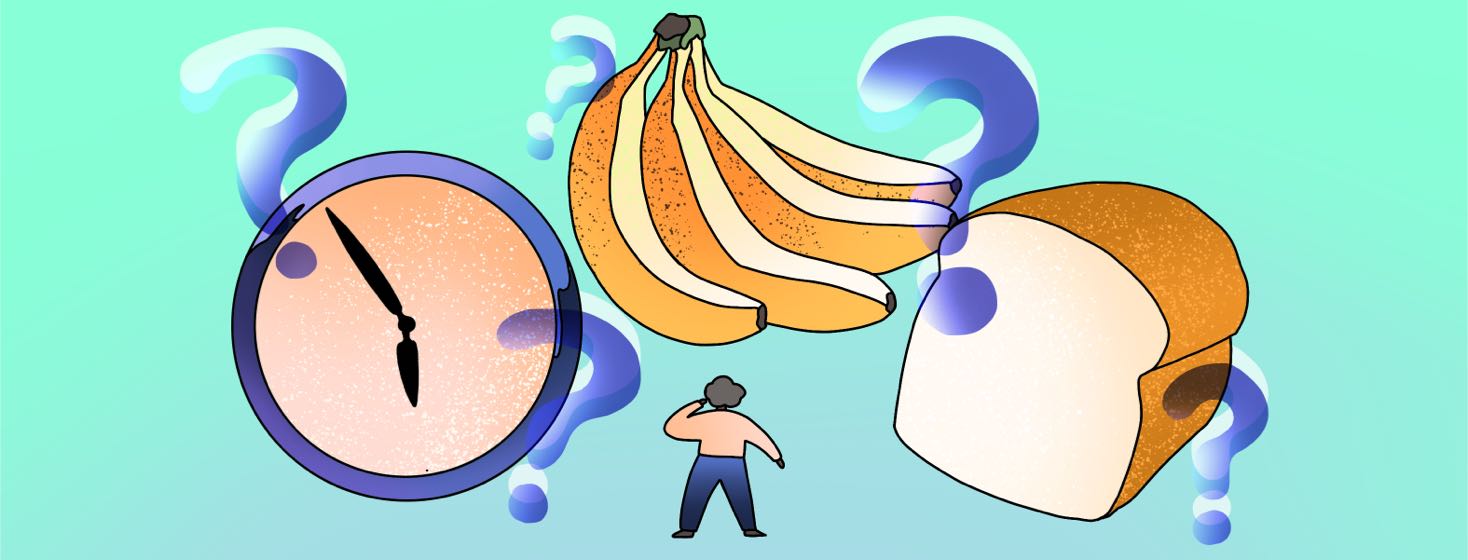Taking a Closer Look at Popular "Food Rules"
Diet culture has always been a hot topic. Now that social media is so popular, diet culture is even more accessible and ever-present. How much we let diet culture affect us is totally up to each individual, but things like family history and even diagnoses such as type 2 diabetes can heighten our interest.
We will review a few popularized "food rules" that I would like to break down and analyze for people with type 2 diabetes.
1. "No eating after 7 pm."
Placing time limits on eating has been a diet trend for years. Most recently, though, intermittent fasting has been at the forefront of everyone's mind when discussing eating times. Because it is a fairly new trend, there have not been enough studies to show that the benefits outweigh the risks.
Intermittent fasting
Considering a wide range of studies, there may be some beneficial effects of intermittent fasting for people with diabetes that outweigh the harms. However, more research and data are needed to recommend intermittent fasting as a routine part of diabetes treatment.1
Tune into your body
Generally, it is important not to skip meals when living with diabetes, as medications and insulin are made to interact with blood sugar changes during eating. Instead of setting a time, a good habit is checking in with your body. Do you feel hungry because you are hungry or because of boredom, sadness, or social functions? Taking a minute to tune in to your needs can help in the long term.
2. "Bananas are full of sugar and should be avoided."
Bananas contain natural sugars and can affect blood glucose levels. Many foods, such as potatoes and carrots, can be inserted into this rule. Many foods contain sucrose, fructose, and glucose, which can all be part of a nutritious eating plan. Instead of avoiding carrots altogether, focus on a portion size and meal addition that can work well for your body.
Pair nutrients together
Maybe enjoy half a banana with 1 tablespoon of peanut butter (approximately 17 grams of carbohydrate). This can be a great, filling meal or snack option for you. Here is another excellent time to tune into your body's needs.
How do you feel after this snack or meal? Was it satisfying enough? Did your blood sugar stay within a healthy range? Again, these mental notes can help you trust your body and ignore the messages of diet culture.
3. "Don't eat carbs at every meal."
We have definitely all heard this one. But diabetes medication and insulin are dependent on carbohydrate consumption. If there is a lack of carbohydrates, that can lead to hypoglycemia with symptoms such as shakiness, sweating, or dizziness.
Learn your carbohydrate needs
Learning your target carbohydrate amount for each meal will be a great way to build your menu. Providing adequate carbohydrate, protein, and fat intake can energize your body.
If you are unsure about how many carbohydrates to eat each day or at each meal to help with your type 2 diabetes management, be sure to speak to your physician, registered dietitian, or certified diabetes educator.
So, which popularized "food rule" have you heard of? Do you follow any of these?

Join the conversation